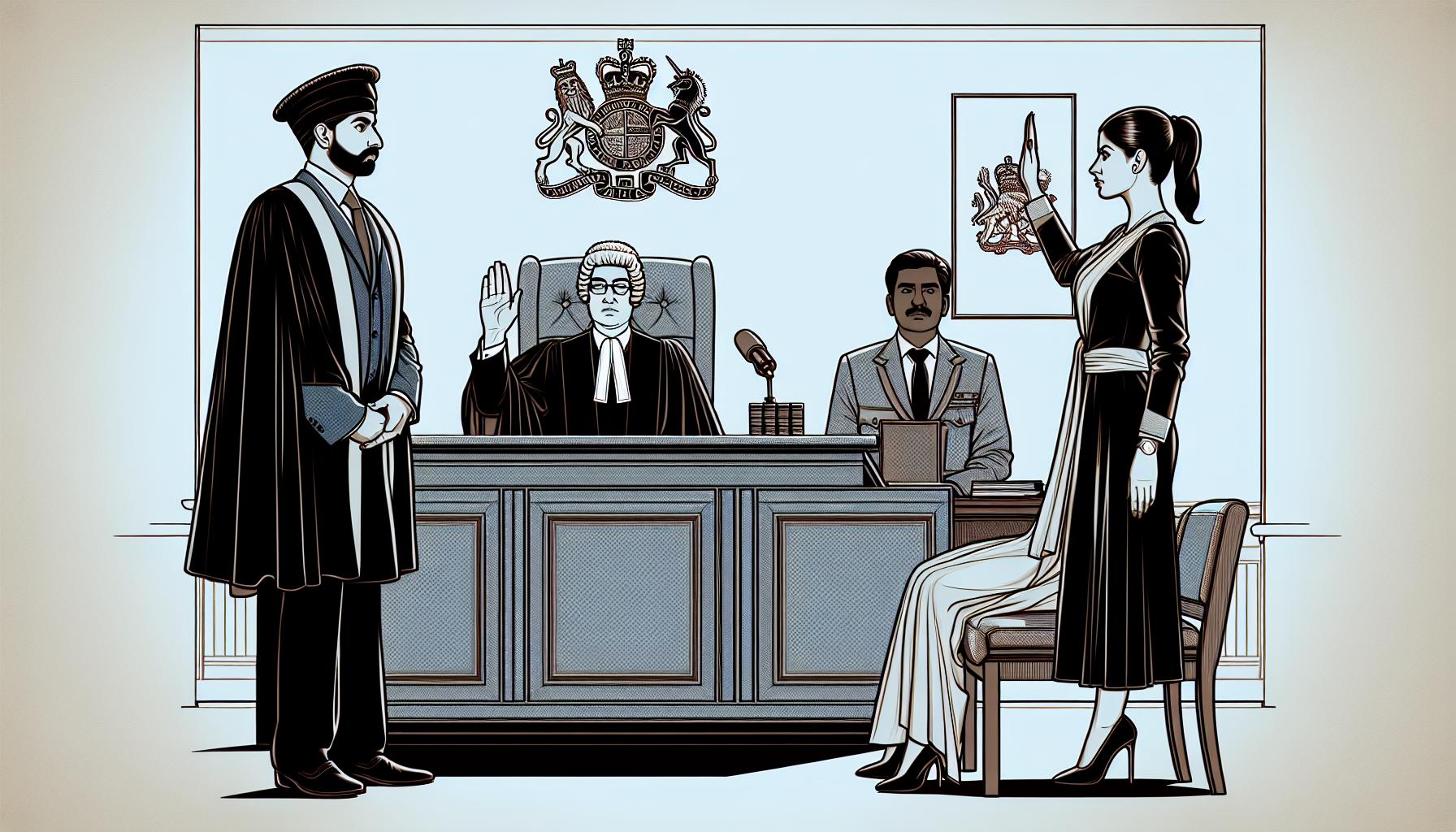Choosing between “then” and “than” can trip up even the most seasoned writers. These two words may look similar, but they serve very different purposes in our sentences. Understanding when to use “then” versus “than” can make our writing clearer and more professional.
“Then” is all about time and sequence. We use it to show what happens next or to indicate a point in time. On the other hand, “than” is used for comparisons, helping us highlight differences or preferences. By mastering the distinction between these two, we can avoid common mistakes and enhance our communication skills.
Key Takeaways
- Understanding the Distinction: “Then” relates to time and sequence, whereas “than” is used for comparisons.
- Common Misuses: Confusing “then” and “than” is a frequent error due to their similar pronunciation and spelling.
- Memory Aids: Remember, “than” has an ‘a’ for comparisons, and “then” has an ‘e’ for time or sequence.
- Practice Exercises: Utilise sentence completion, comparison statements, and sequence statements to reinforce correct usage.
- Importance of Correct Usage: Accurate use of “then” and “than” enhances clarity and professionalism in communication, crucial for academic and business settings.
Understanding The Difference Between Then And Than
To understand the difference between “then” and “than,” recognising their distinct uses in the English language is crucial.
Use of “Then”
- Time and Sequence: “Then” indicates time or a sequence of events. It can be used as an adverb, noun, or adjective.
- Adverb: Indicates one event follows another.
- Example: “I went to the store, then I went home and watched a movie.”
- Noun: Signals a point in time.
- Example: “David used to be really strict, but he has become slightly easy-going since then.”
- Adjective: Describes a condition or position that used to be true but is not anymore.
- Example: “The meeting was addressed by then-President Bill Gates.”
- Comparison: “Than” draws comparisons between two things, people, or quantities.
- Example: “She is taller than her mother.”
Common Misuses

Confusing “then” and “than” in writing is a frequent problem for English learners. Understanding their distinct roles can help avoid errors.
Examples Of Incorrect Usage
- Time vs. Comparison:
- Incorrect: “I like this cake more then the one we had yesterday.”
- Correct: “I like this cake more than the one we had yesterday.”
- Incorrect: “We will go to the store, than we will go home.”
- Correct: “We will go to the store, then we will go home.”
These examples show that “then” should indicate a sequence, while “than” is for comparisons.
Why This Mistake Happens
The primary reason for the confusion between “then” and “than” is their similar pronunciation and the fact that they differ by only one letter. This similarity often leads to incorrect usage in sentences. Many learners of English, including those preparing for exams like IELTS or TOEFL, find this distinction challenging because of the subtle difference. Also, non-native speakers enrolled in Business English courses may especially face difficulty due to less frequent casual language use.
By recognizing these patterns and practising correctly, we can improve our writing and communication skills significantly.
Strategies For Correct Usage
Understanding the basic distinction between “then” and “than” is essential for effective communication. We can utilise a few strategies to help ensure these words are used accurately.
Simple Memory Aids
One straightforward method is to focus on the letters in each word. “Than” includes an ‘a’ and is used for comparisons, such as “IELTS is more challenging than TOEFL.” Conversely, “then” contains an ‘e’ and pertains to time or sequence, as in “First, we will study for the IELTS, then we’ll practise for the TOEFL.”
Practice Exercises
Regular practice can embed this knowledge firmly in our minds. Here are a few activities:
- Sentence Completion: Fill in the blanks with “then” or “than”. Example: “We will go to the store, and _____ we will head home.”
- Comparison Statements: Create sentences comparing two items. Example: “She finds Business English easier _____ academic English.”
- Sequence Statements: Write out events to practise using “then”. Example: “We completed the language immersion programme, _____ we received our certificates.”
These exercises can be particularly useful for those preparing for English exams like IELTS and TOEFL. Consistent practice will help clarify the correct usage of “then” and “than”, improving both written and spoken English.
Importance Of Correct Usage
Understanding the differences between “then” and “than” is vital for clear communication. Using these words correctly avoids confusion and ensures our message is precise. For example, in English courses and exams such as IELTS and TOEFL, correct usage can significantly affect comprehension and scores.
Incorrect usage can lead to misunderstandings in both spoken and written English. For instance, in Business English, using “than” instead of “then” might confuse the sequence of actions or events, leading to operational errors. Conversely, using “then” in place of “than” distorts comparisons, altering the intended meaning and possibly the outcome of decisions.
Correct usage of “then” and “than” enhances the professionalism and clarity of our communications. Mastery of these terms ensures that instructions, comparisons, and sequences are understood as intended, improving overall language proficiency which is essential in fields like Business English.
Engaging in language immersion or practice exercises helps reinforce the correct usage. Activities such as sentence completion, comparison statements, and sequence statements are useful in mastering these differences. For example, learners preparing for IELTS or TOEFL can benefit from focused practice on using “then” and “than” correctly in multiple-choice questions and writing tasks.
Accurate usage demonstrates a strong command of the English language, reflecting well on the speaker or writer. This is particularly important in academic settings and professional environments where precise communication is crucial.
Conclusion
Mastering the differences between “then” and “than” is essential for clear and professional communication. By understanding their distinct functions and practising their correct usage, we can avoid common pitfalls and enhance our writing’s clarity. Simple memory aids and regular practice can significantly improve our command of these terms. Whether we’re preparing for exams like IELTS or TOEFL or aiming to refine our Business English skills, recognising and correctly using “then” and “than” will ensure our messages are precise and effective. Let’s commit to practising these distinctions to elevate our English proficiency.
Frequently Asked Questions
What is the main difference between “then” and “than”?
“Then” relates to time and sequence, indicating what happens next or a specific point in time. “Than” is used for making comparisons between two entities.
Can “then” be used in different grammatical forms?
Yes, “then” can function as an adverb, noun, or adjective. As an adverb, it indicates one event following another; as a noun, it signals a specific point in time; as an adjective, it describes a condition that was once true but is no longer.
How is “than” used in a sentence?
“Than” is exclusively used for making comparisons. For example: “She is taller than her mother.”
Why do people often confuse “then” and “than”?
The confusion arises because they sound similar and differ by just one letter. Learners of English, especially those preparing for exams like IELTS or TOEFL, frequently make this mistake.
What are some common mistakes involving “then” and “than”?
Examples include saying “I like this cake more then the one we had yesterday,” which should be “more than,” and “We will go to the store, than we will go home,” which should be “then.”
How can I remember the difference between “then” and “than”?
One memory aid is remembering that “than” contains an ‘a’ for comparisons (e.g., “greater than”), and “then” contains an ‘e’ for time or sequence (e.g., “First this, then that”).
Are there exercises to practice the correct usage of “then” and “than”?
Yes, practice exercises such as sentence completion, comparison statements, and sequence statements can help reinforce the correct usage of these words.
Why is correct usage of “then” and “than” important?
Correct usage ensures clear communication, avoids confusion, and enhances professionalism, especially in academic and professional settings like IELTS, TOEFL, and Business English.
Does mastering “then” and “than” improve written and spoken English?
Yes, understanding and correctly using these terms enhance clarity and professionalism in both written and spoken English, preventing misunderstandings and ensuring precise messaging.
What strategies can improve my usage of “then” and “than”?
Engage in language immersion and focused practice exercises. Use memory aids to distinguish between the two words and practise regularly to reinforce correct usage.



